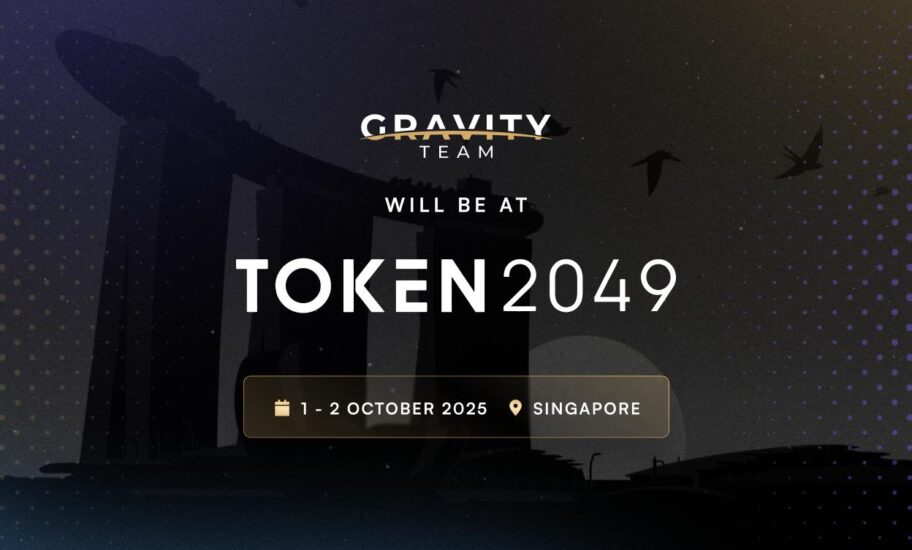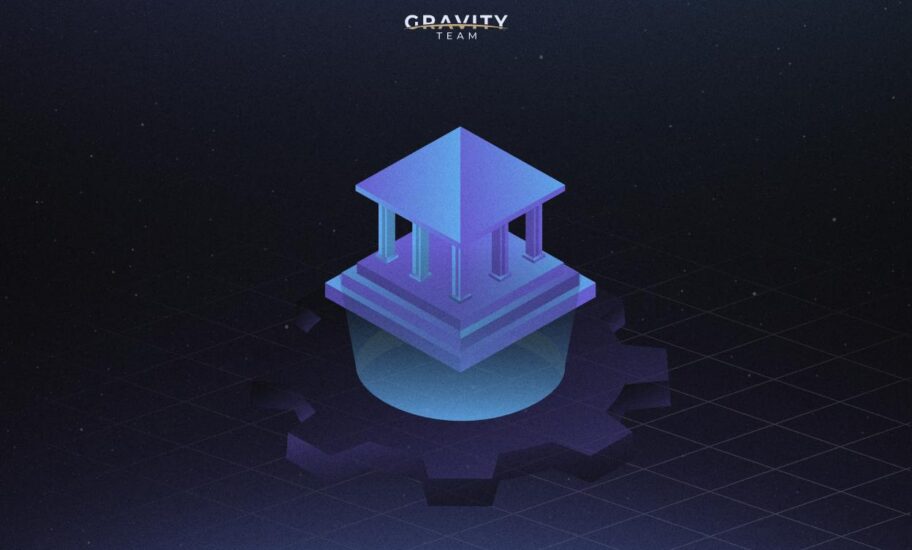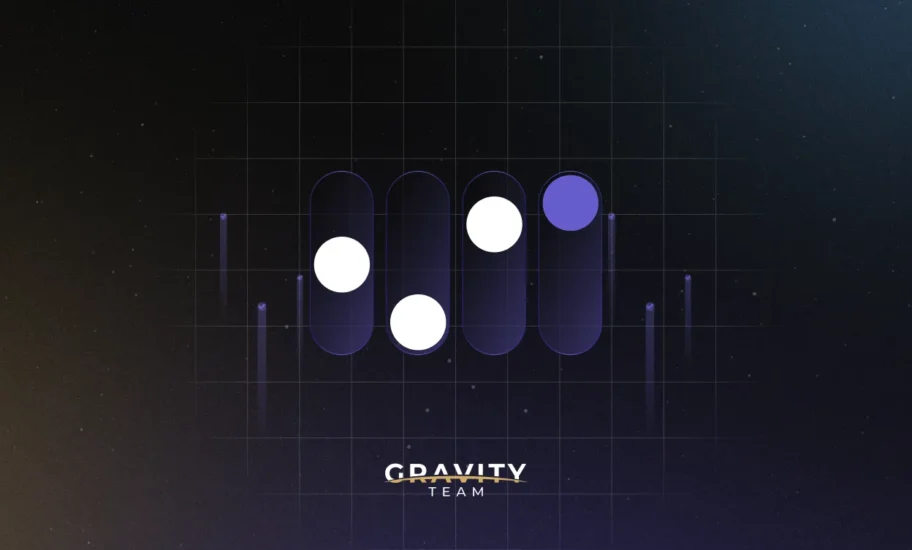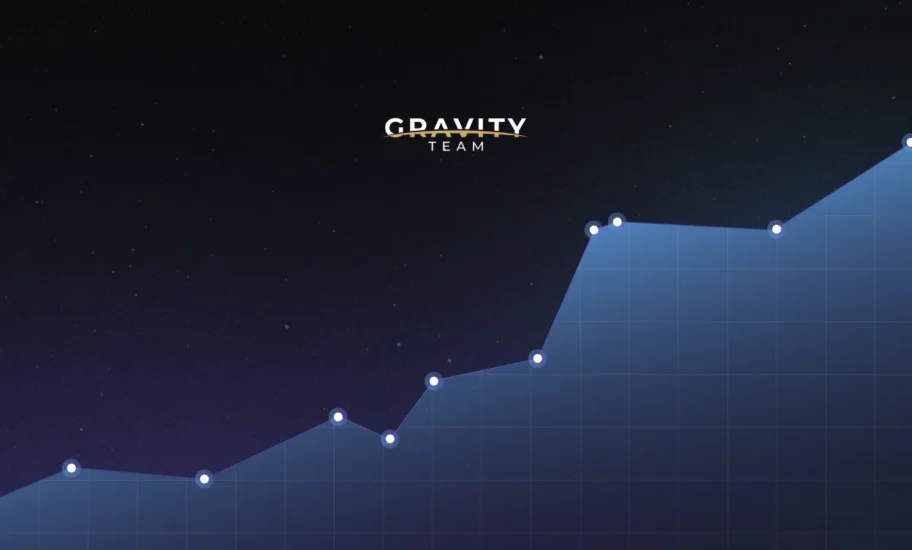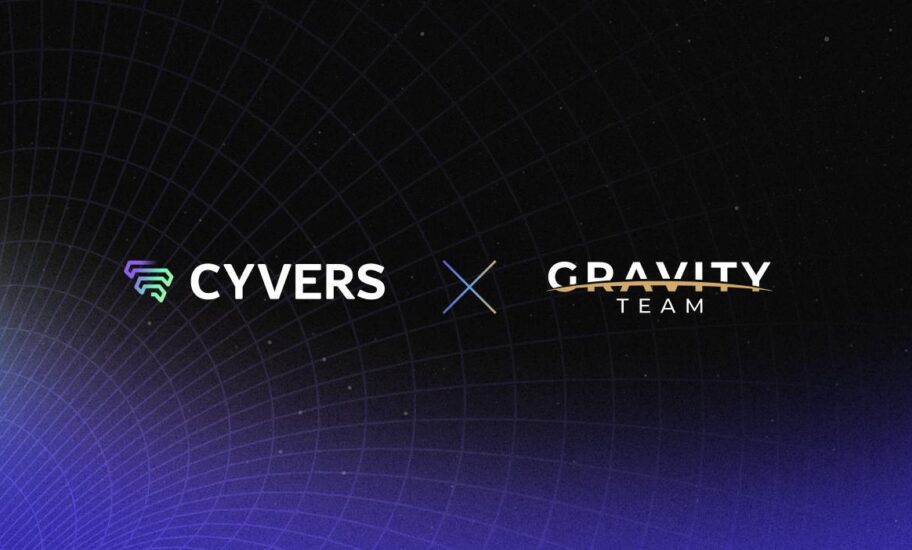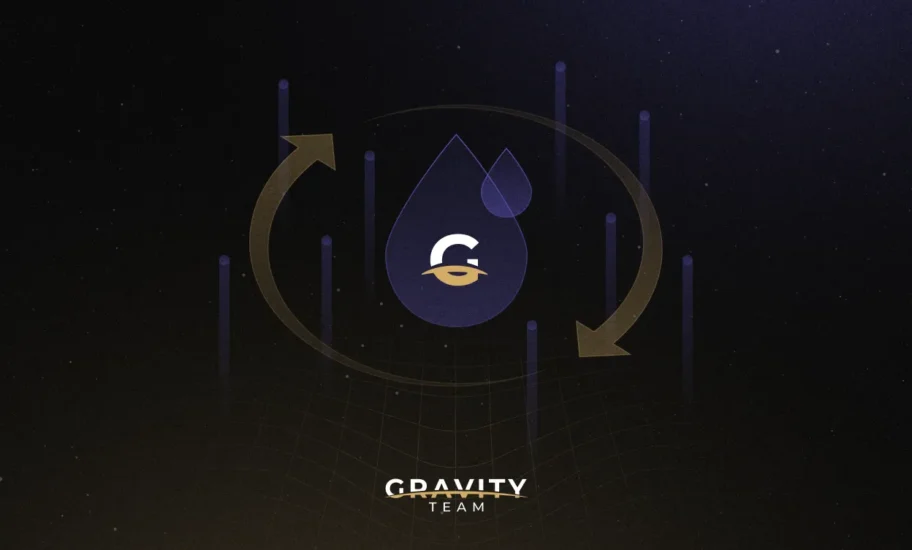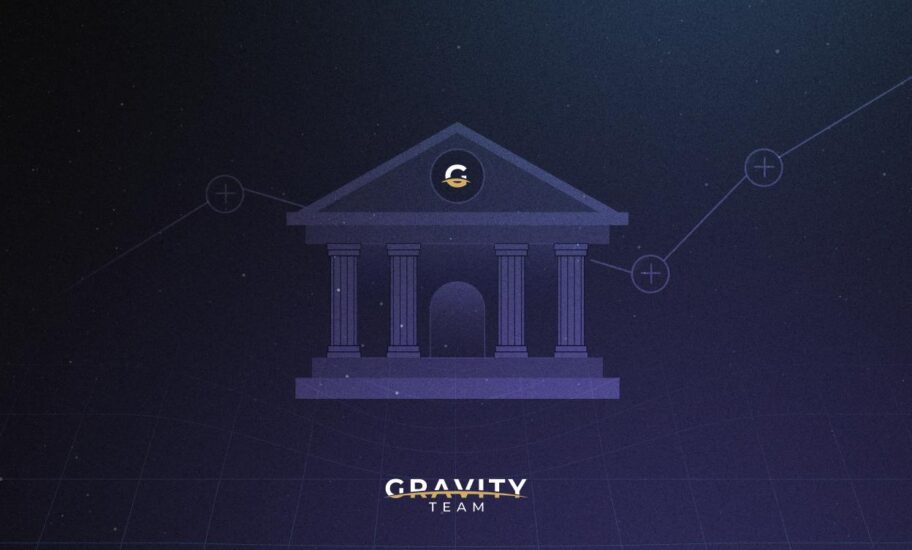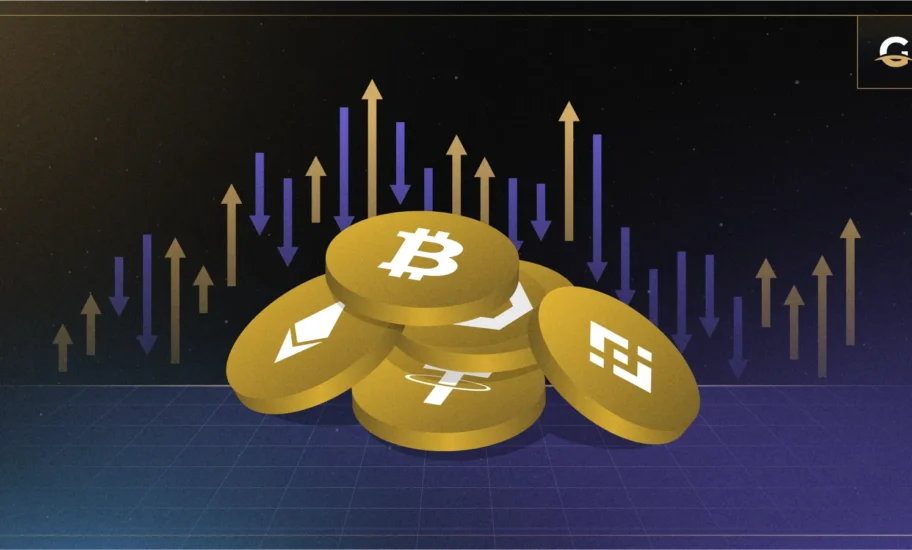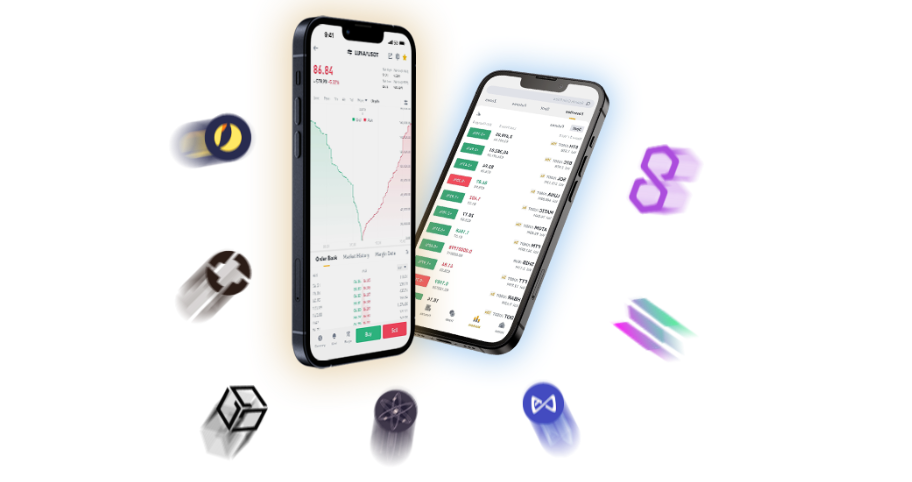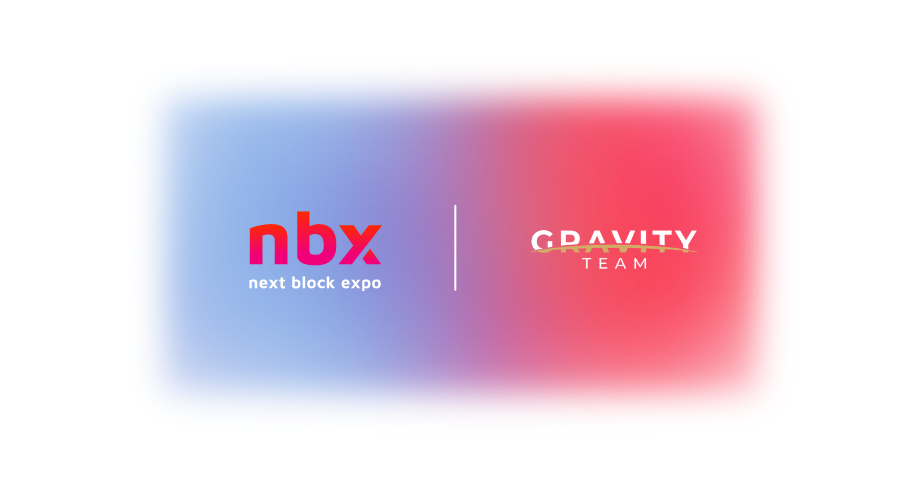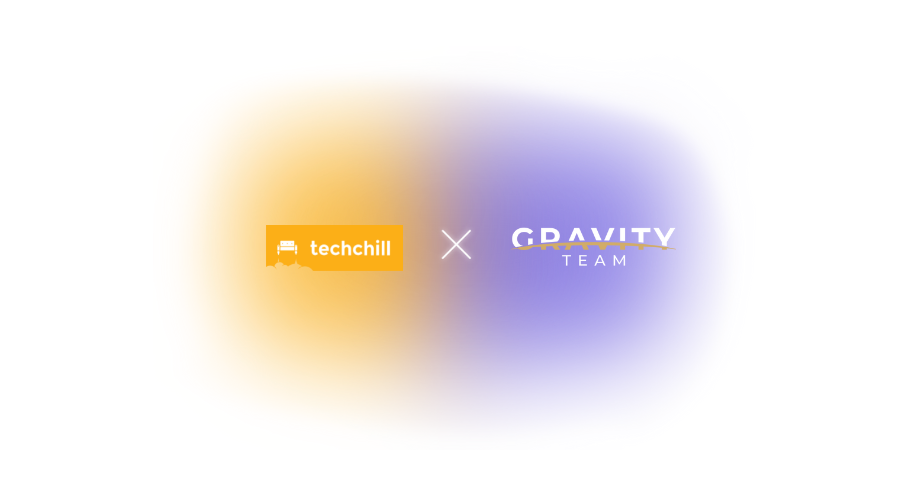
What is Slippage in Crypto & Its Impact on Your Profits
 13 minutes
13 minutes
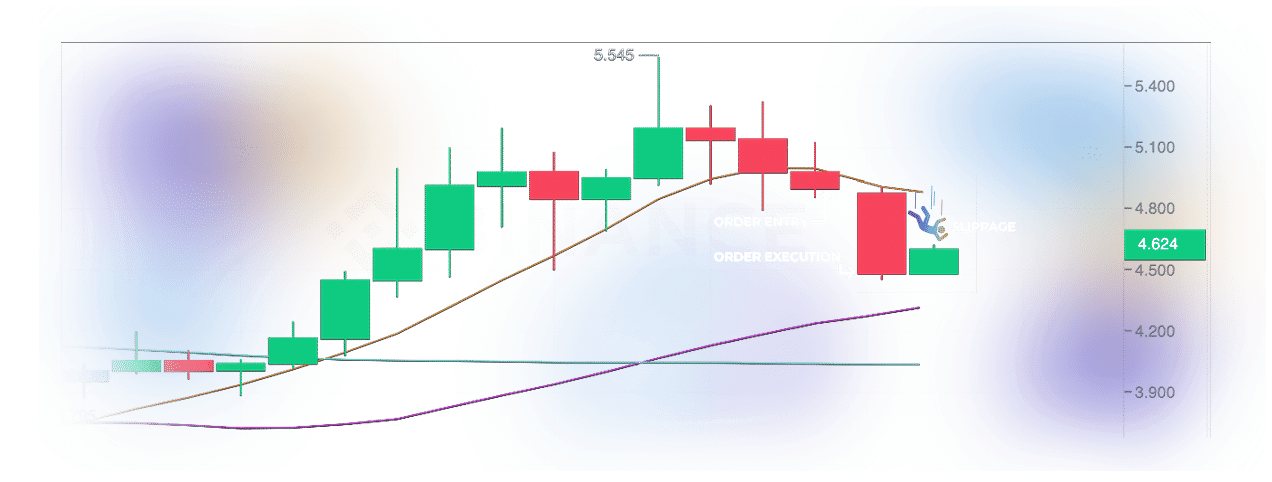
In simple terms, slippage is the difference between the expected price of a trade and the actual price at which the trade is executed. You might be wondering, “Why is this important?” Well, understanding slippage is crucial because it can significantly impact the returns on your trades. One of the ways is by utilizing crypto market makers, and we’ll also be discussing that in this post.
So, whether you’re a new trader or an experienced one, this post is for you. We’ll explain:
What is Slippage in Crypto Trading
- Slippage Definition
- Types of Slippage
- How Slippage works
- Impact of Market Liquidity on Slippage
- How is Slippage Calculated
Managing Slippage in Crypto Trading
- How to Avoid Slippage in Trading & Minimize its Impact on Your Trades
- Pros and Cons of Methods of Managing Slippage
How Crypto Market Makers Can Help Mitigate Slippage
- The Role of Crypto Market Makers in Improving Liquidity and Narrowing Bid-ask Spreads
- How Can Gravity Team Help
Let’s dive in!
What is Slippage Crypto Trading?
Slippage Definition & How it Occurs
In the context of crypto markets, slippage is the discrepancy between the intended price of a trade and the price at which the trade is completed.
This can occur when there is low liquidity,, or when there is a high level of volatility in the market. Slippage can also occur when a trader places a large order, as this can cause the price to move, resulting in the trade being executed at a different price than expected. In general, slippage is the difference between the order price and the execution price, which can result in a negative effect on the returns of the trader.
Types of Slippage
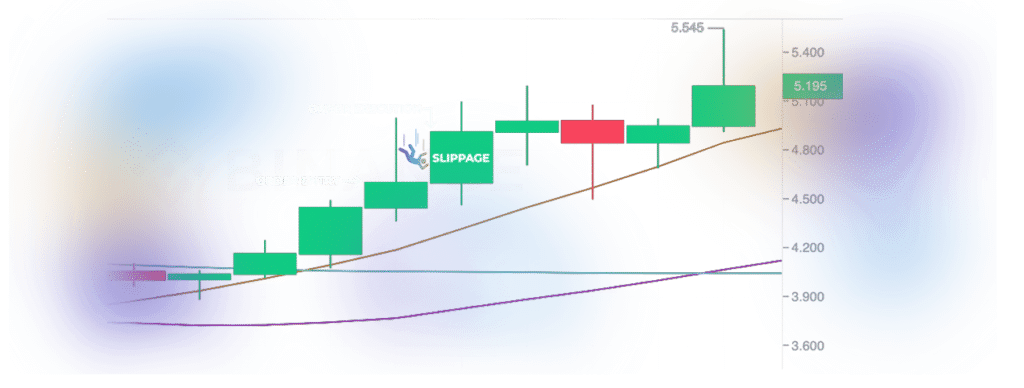
There are two types of slippage in trading: positive and negative slippage. In the case of negative slippage, the trade is executed at a worse price than anticipated, either when buying – the price has increased, or when selling, the market price has decreased. A positive slippage occurs when trade is executed at a better price than expected. When buying, one gets the asset for a lower price, or when selling in upward market conditions.
How Slippage Works
The minor time difference between order placement and order fulfillment is enough for price changes to materialize in the market. These changes can be due to any reason, a critical market news, a demand-supply change, or a change in liquidity.
Impact of Market Liquidity on Slippage
One of the most critical factors that can affect slippage in crypto trading is market liquidity. Liquidity refers to the ease with which an asset can be bought or sold without significantly impacting the price. A market with high liquidity means that there are many buyers and sellers, and large orders can be executed without substantially moving the price. On the other hand, a market with low liquidity means that there are fewer buyers and sellers, and large orders can have a significant impact on the price.
When the crypto market is highly liquid, the chances of slippage occurring are low. This is because the bid-ask spread, the difference between the highest price a buyer is willing to pay and the lowest price a seller is willing to accept, is narrow. Thus, large orders can be executed without significantly moving the price. However, when the crypto market is less liquid, there aren’t that many orders in the order book and the bid-ask spread is wider, and large orders can move the price, resulting in slippage.
How is Slippage Calculated?
For example, let’s take the case of a trader named Tom. If he wants to buy a crypto asset in a highly liquid market, Tom may be able to execute the order without moving the price and without experiencing slippage. However, if the market is less liquid, the trader may have to pay a higher price as the demand for the asset increases due to the large order, resulting in slippage.
To take it a step further, let’s imagine Tom wants to sell 10,000 of XYZ crypto for a total of $30,000, with each XYZ/USDT valued at $3.
However, the market does not have enough liquidity for Tom to sell all at the desired price, but rather:
- 1,000 XYZ at $3 a piece, followed by
- 2,000 XYZ at $2.7; and
- 5,000 XYZ at $2.0
- 6,000 XYZ at $1.5
In this scenario, Tom can either wait for a buyer to come through at his desired price or sell at the current market prices netting $27,400 before transaction fees. Thus, effectively losing $30,000-$27,400 = $2,600 or 8.6% due to slippage.
Managing Slippage in Crypto Trading
As a trader, it’s essential to be aware of the potential impact of slippage on your trades and take steps to minimize it. Here are a few strategies for managing slippage:
- Use limit orders: A limit order allows you to set the maximum price you’re willing to pay for a buy order or the minimum price you’re ready to accept for a sell order. This can help you avoid paying too much or selling for too little in a volatile market.
- Trade during times of lower volatility: Volatility is one of the leading causes of slippage. By trading during times of lower volatility, you can reduce the chances of experiencing slippage.
- Set Slippage Tolerance levels when possible. What does slippage tolerance mean? It is the percentage of slippage a trader is willing to accept. Some crypto exchanges offer this option for traders to set up while placing orders. This feature cancels the trade if the slippage seems to cross the set tolerance limit.
- Utilizing crypto market makers: Crypto market makers can help reduce slippage by creating liquidity and narrowing bid-ask spreads. They can also help you sell or buy a particular asset at a better price than what you would have paid for, in case you want to do large trades that would have to go deep into the order book and result in high slippage.
Pros and cons of methods of managing slippage
The above strategies can help you minimize the impact of slippage on your trades, but it’s important to weigh the pros and cons of each one.
For example, using limit orders can help you avoid paying too much, but it can also mean you miss out on a good deal. Trading during times of lower volatility can reduce the chances of experiencing slippage, but it can also mean that you miss out on profitable trades. It’s important to weigh the pros and cons of each strategy and to choose the one that best fits your risk appetite and maximizes profits.
How crypto market makers can help mitigate slippage
The Role of Crypto Market Makers in Improving Liquidity and Narrowing Bid-Ask Spreads
Market makers play a crucial role in providing liquidity to the crypto markets, which in turn helps to reduce slippage. A crypto market maker is a trader or a firm that provides liquidity to the crypto market by constantly placing both buy and sell orders.
By having a constant flow of buy and sell orders, market makers add liquidity in the markets allowing traders to be able to purchase and sell more assets. They also narrow the bid-ask spread providing better prices for traders to sell and buy the assets and in turn also reducing slippage..
How Can Gravity Team Help
One example of a crypto market maker is Gravity Team. Gravity Team is a professional crypto market maker that uses advanced algorithms and automated trading execution systems to provide liquidity to the markets.
We use a proprietary risk management system to help minimize slippage and provide stable and fair prices to traders. Partnering with a market maker like us can greatly help with reducing the bid-ask spread, improving liquidity to your token and executing trades closer to the expected prices. Crypto projects and exchanges can use liquidity providers to help trades go through without slippage and repair the overall health of the platform and the token by increasing the willingness to trade.
Conclusion
In conclusion, understanding slippage is crucial for crypto traders as it can significantly impact the returns on your trades. Slippage occurs when the execution price of a trade differs from the expected price and can happen as a result of high volatility in the market, low liquidity, or large market moves.
By understanding the different types of slippage and the factors that contribute to it, traders can take steps to minimize its impact on their trades.
Utilizing crypto market makers like Gravity Team can help in reducing slippage by providing liquidity to the market and using advanced algorithms and trading strategies. It’s important for traders to weigh the pros and cons of different strategies and choose the one that best fits their trading strategy in order to maximize returns and minimize risk.
If you’re interested to learn more about how our proprietary trading technology can help your crypto project or exchange to reduce slippage, get in touch with our team today!
Contact Us
We are always open to discussing new ideas. Do reach out if you are an exchange or a project looking for liquidity; an algorithmic trader or a software developer looking to improve the markets with us or just have a great idea you can’t wait to share with us!










